Rain garden mistakes – professional tips for avoiding 6 basic errors that could ruin your landscaping efforts
A few simple considerations will prevent these errors ruining your rain garden project

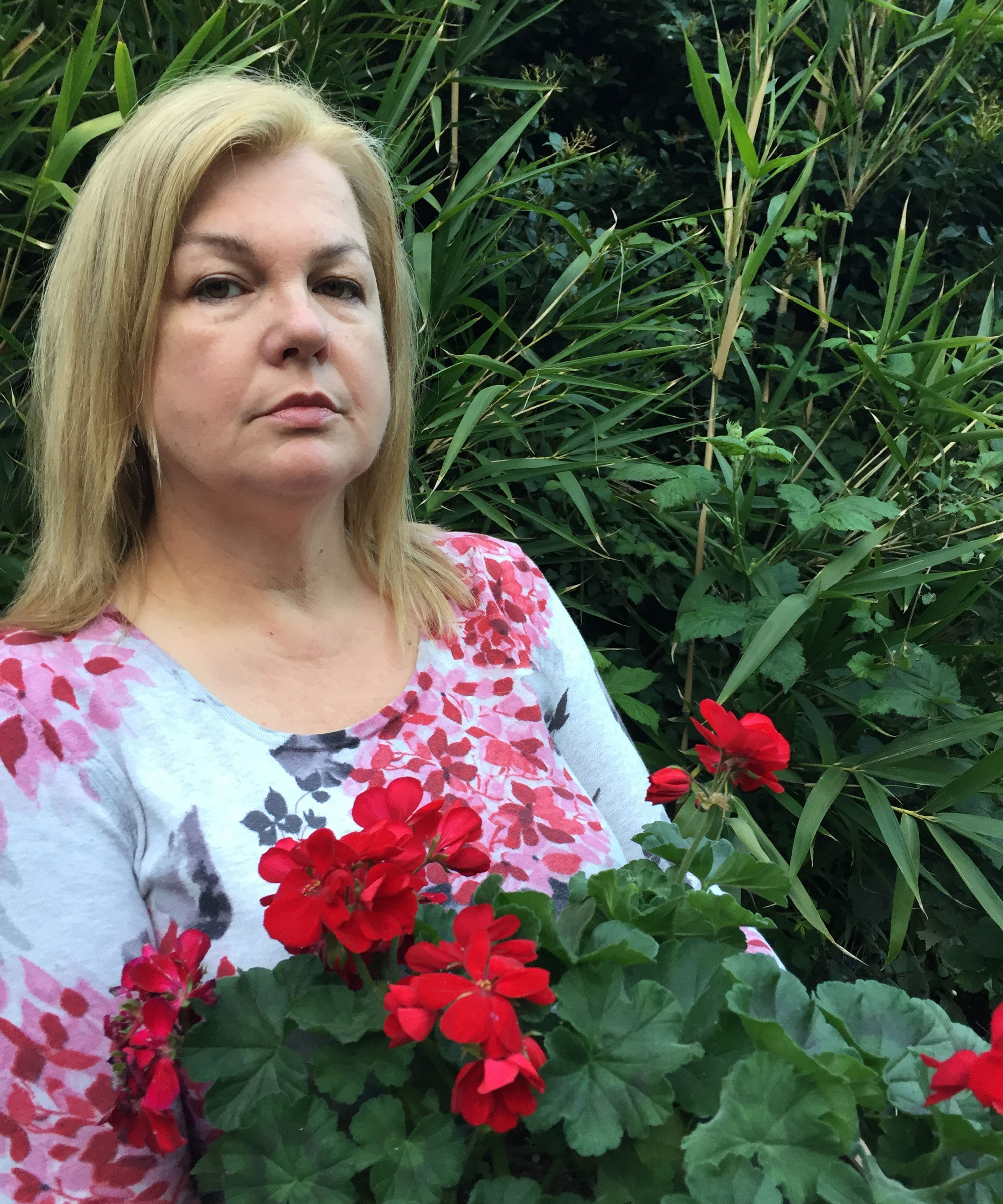
Whether you already have an established rain garden or are just starting out on a new project, it's handy to find out about the common rain garden mistakes you may encounter along the way.
It’s important to keep your rain garden well-tended and looking good from the get-go. Whatever stage you're at, whether that's creating, planting or maintaining a rain garden, it's a good idea to keep a checklist of the key things to avoid. That way you will keep your rain garden working efficiently and doing the job you created it for, namely dealing with stormwater runoff.
Rain gardens need time to develop and grow into a stable and organic environment. With the right care and maintenance, your rain garden will soon thrive and run seamlessly. We asked gardening experts to highlight the biggest rain garden mistakes, and give advice on how to avoid them.
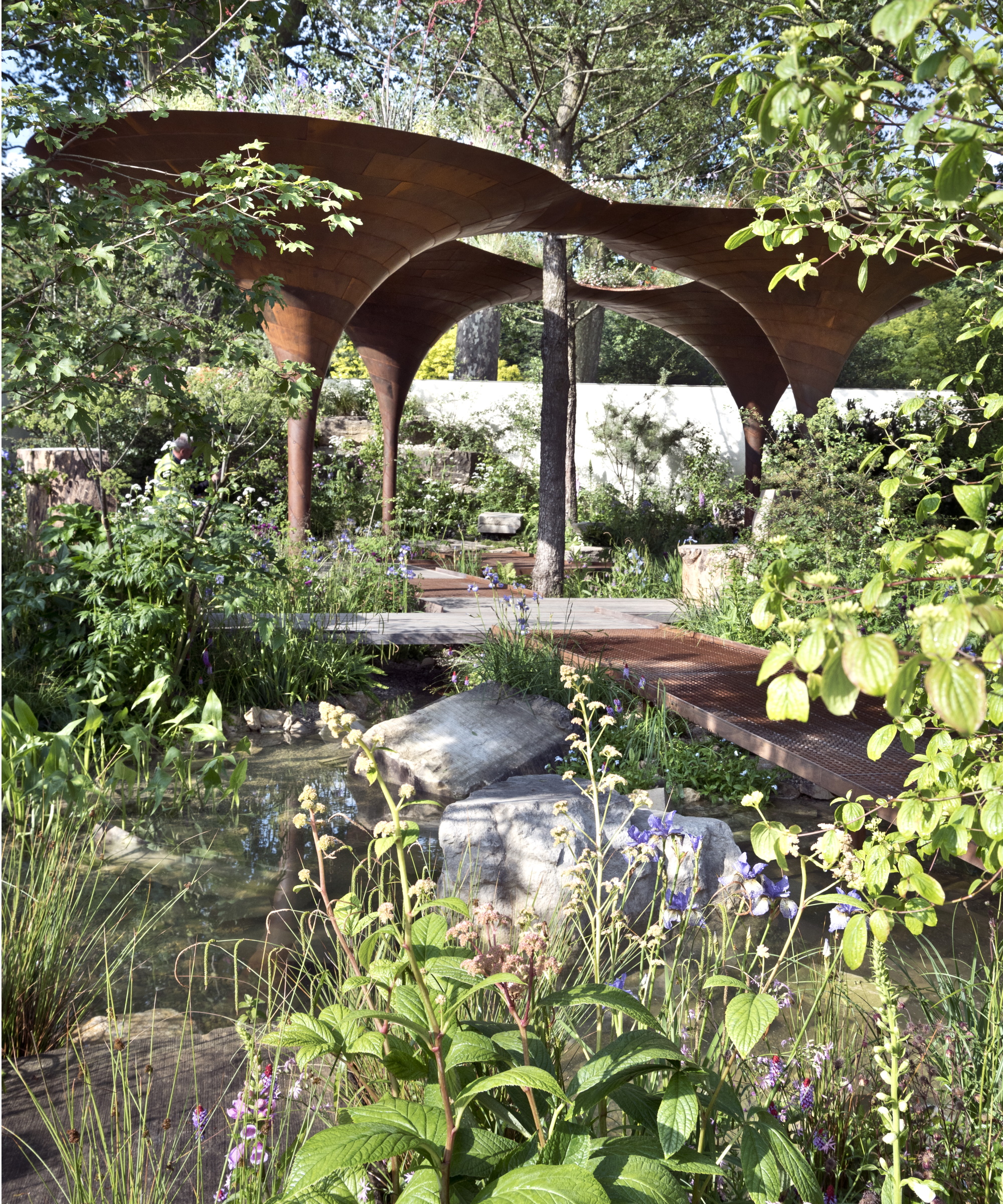
6 rain garden mistakes to avoid
'Rain gardens are a beautiful, eco-friendly way to manage stormwater runoff, prevent erosion, and support biodiversity but if not done right, they can cause more headaches than benefits,' says green living and sustainability expert Adria Marshall. 'One of the biggest missteps I see with rain gardens is the assumption that any patch of ground will work for a rain garden.
'A well-designed rain garden should be low-maintenance, resilient, and a thriving habitat for pollinators and wildlife. With the right approach, it can become an eco-friendly powerhouse in your landscape.'
As well as choosing the right site, other components such as right plants, right soil and right maintenance all play a key role in how to create a rain garden successfully.

Adria Marshall is the founder of Ecoslay and a longtime gardener who is passionate about green living and regenerative practices, as well as advocating practical ways to make sustainability part of everyday life.
1. Choosing the wrong plants (and planting them incorrectly)
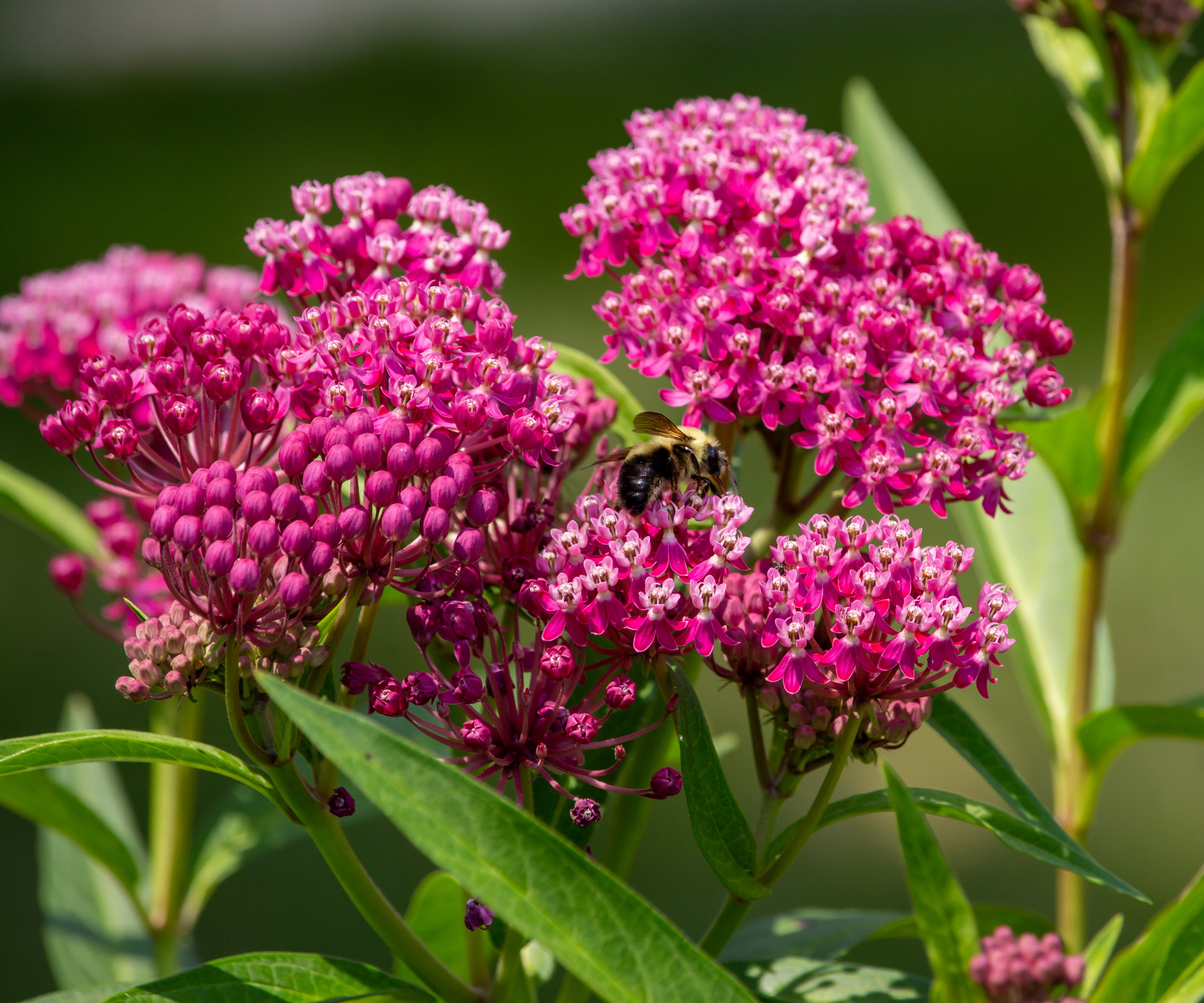
Swamp milkweed is a great example of a plant that will thrive in a rain garden
Choosing the right plants is key to avoiding rain garden mistakes. A wide range of plants can be used in rain gardens but avoid selecting plants that can't handle occasional flooding. This would include those associated with dry, Mediterranean-style gardens, such as lavender.
A frequent mistake occurs when gardeners position plants in unsuitable areas of the garden. 'Certain plants prefer the center of the rain garden where moisture persists, while others require the dry perimeter to grow successfully,' explains plant expert Tammy Sons.
'When plants are positioned incorrectly, they either grow poorly or die. Successful long-term rain garden performance depends on strategic planning and selecting plants that adapt well to moisture levels. A properly designed rain garden should operate as a balanced natural ecosystem instead of becoming a wet mess of plants that cannot survive.'
'Another of the most common rain garden mistakes is planting too densely or not considering mature plant sizes,' says Adria Marshall. 'People often overcrowd their rain gardens, leading to poor air circulation, resource competition, and weaker plant growth.'
To avoid this Adria suggests researching how large each plant will grow at maturity and spacing them accordingly. 'Also, choose a mix of deep-rooted native plants that can handle fluctuating moisture levels and help stabilize the soil,' she says.
Keep an eye on all your rain garden plants and replace any that are failing, adjusting the planting palette to suit the conditions better.

Tammy Sons is a plant expert and educator. Tammy is the CEO and founder of TN Nursery, a thriving online plant nursery based in Altamont, Tennessee. She is also a prolific writer, sharing her knowledge through articles on various gardening topics, including plant care, sustainable landscaping, and the latest trends in horticulture.
2. Lack of water during dry spells
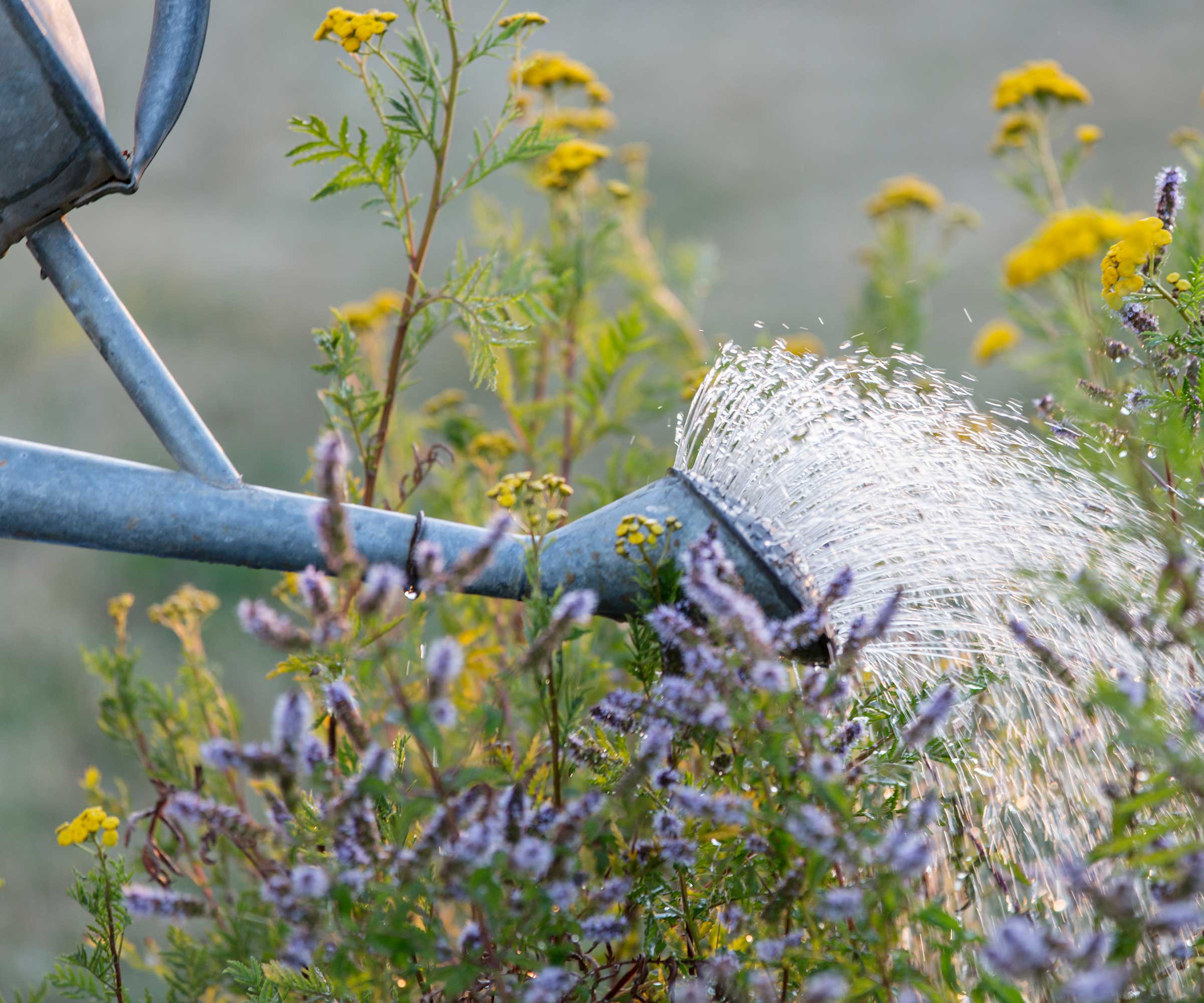
During the period a rain garden is becoming established you may need to water your plants in addition to rainfall
Rain gardens can experience periods of drought in the summer months so it's important that the plants you choose can handle this, as well as the waterlogged conditions they will usually be exposed to.
During prolonged periods when there is a lack of rainfall it will be necessary for you to water your plants to keep them thriving. This is especially important for newly planted rain gardens during their first year to help them become established.
After this time, they should be able to fend for themselves. Keep an eye on the moisture levels in soil and monitor plants for any changes of appearance such as wilting and brown leaves to determine if you need to water them in addition to any rainfall.
After a couple of years your rain garden plants will be established and will only need watering during extended dry periods. Deeper less frequent watering encourages plants to become more resilient and encourages their roots to delve down deeper, which means they are better able to tolerate flooding and drought.
3. Letting weeds and other invasive plants take control
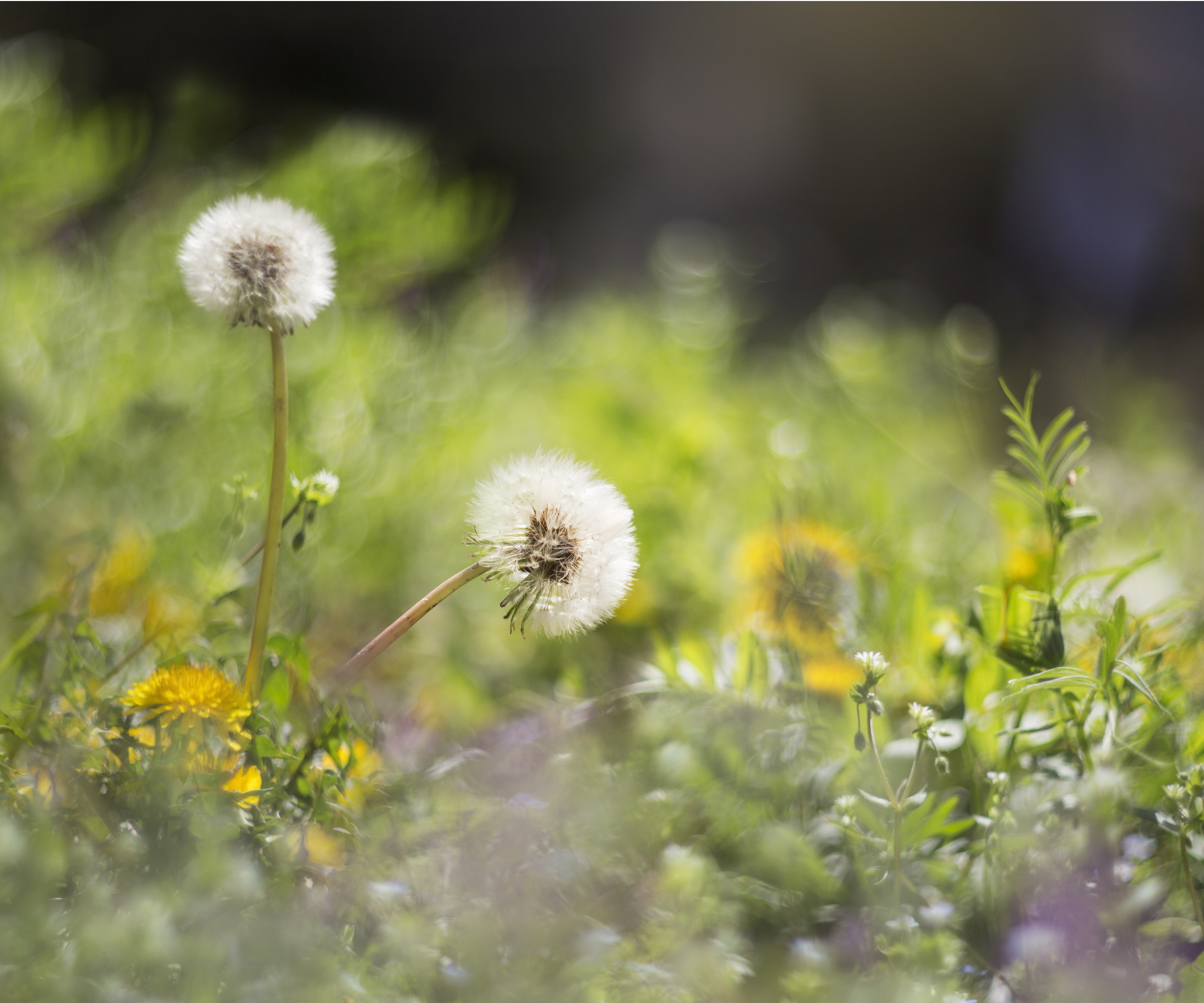
Rain gardens are so much more attractive without weeds
Rain gardens will still thrive even if they have weeds growing in them, but the plants will not grow as well because the weeds will compete with them for nutrients. Keeping the rain garden clear and functioning is important, and regular weeding ensures that the garden's soil can better absorb rainwater.
It's a good idea to remove weeds as soon as they appear. This is more easily done when weeds are small, and tackling them early also prevents them from setting seeds that will spread everywhere. Your rain garden plants will thank you as this means they won't be overshadowed.
Weeds can also act as hosts for pests and diseases, as well as choking beneficial native plants. Invasive plants can quickly take over a rain garden and its native species, which reduces biodiversity. It’s key to weed regularly to keep problems at bay.
Make sure you remove the whole plant, including the roots. As the plants in the beds mature, they will fill in any gaps and this will greatly help to suppress weed growth.
You may want to remove any dead or untidy plants at the end of the season, although it's good to leave some dead stems and seed heads if you're looking for winter plants for wildlife.
4. Failing to mulch (or using mulch incorrectly)
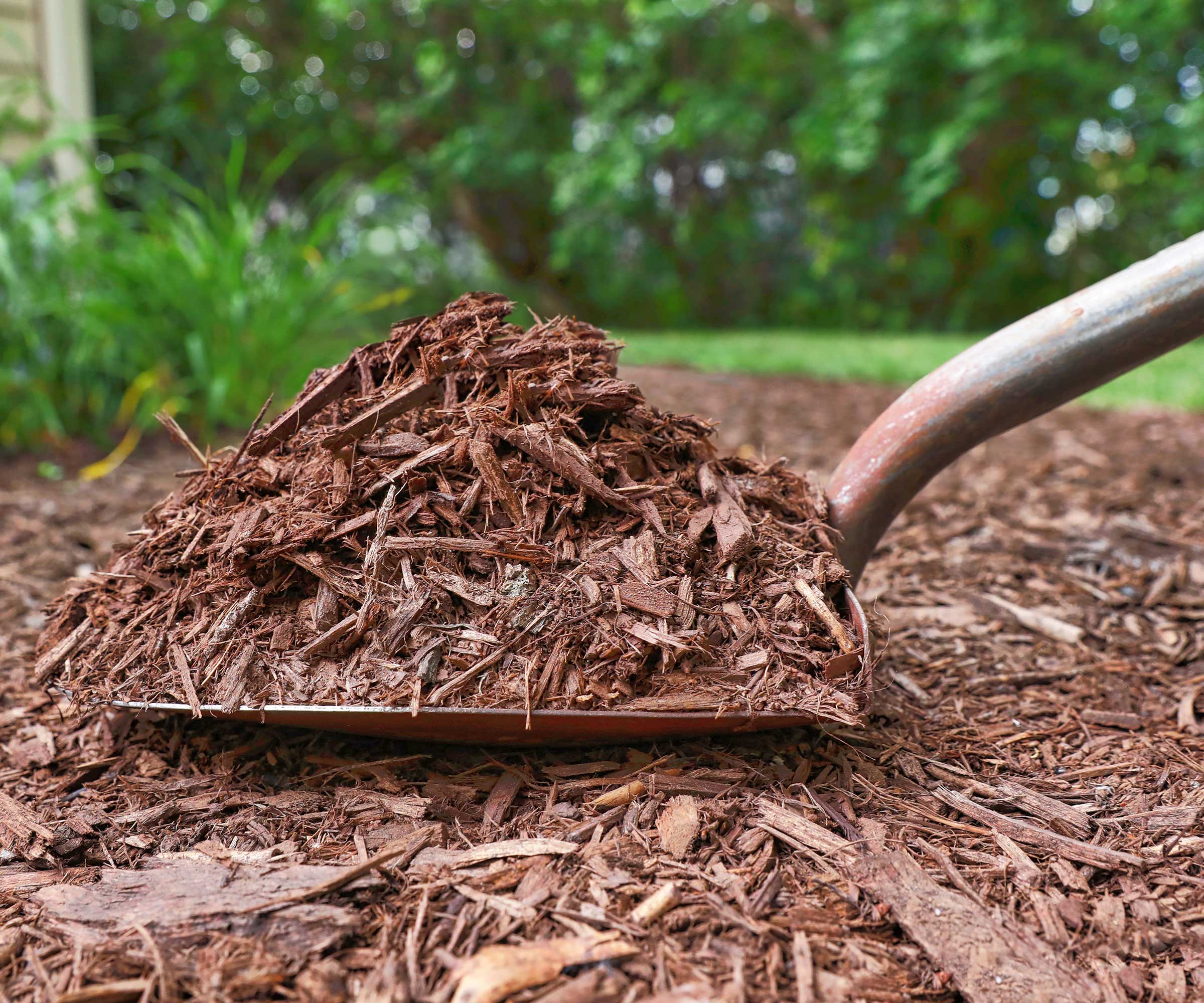
One of the most common rain garden mistakes is forgetting to mulch
Mulch is an important component in rain garden care. Using wood chip mulch will help to keep the soil moist, which allows rainwater to sink in more easily. It also helps the soil to retain moisture, which is beneficial for plants during dry spells. This also prevents soil from becoming compacted, which will stop plants flourishing.
Mulching also protects plants and suppresses weeds. It's best to choose a certified shredded variety that has passed the standards set by the Soil and Mulch Council to avoid potentially introducing insect infestation, weed seeds and other contaminants into your rain garden.
Remember as your plants grow and colonize the rain garden you will need less mulch to support plant health.
5. Ignoring soil deficiencies
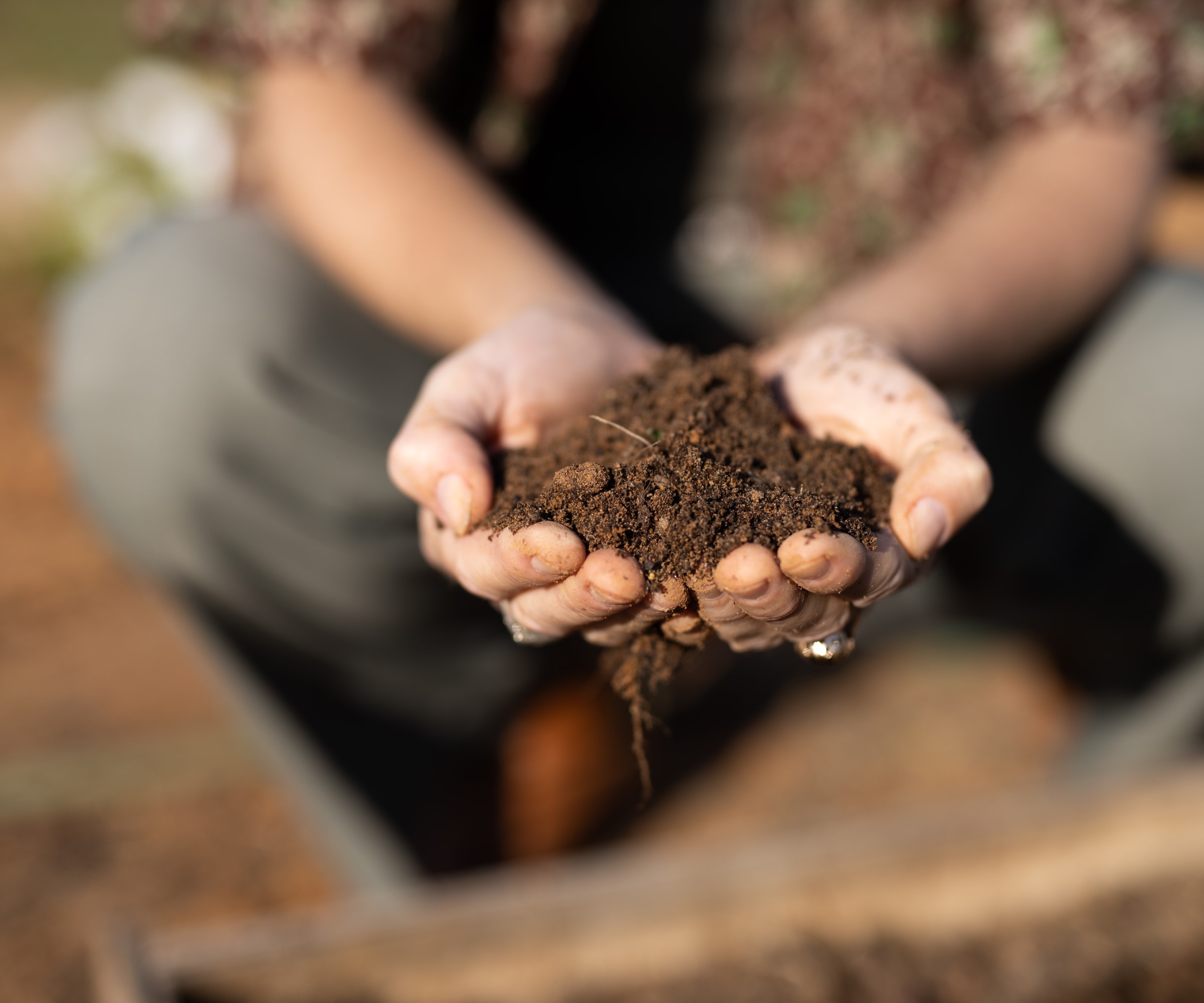
The plants in your rain garden will only thrive if they love the soil
Rain garden plants thrive in a rich growing environment, and both loamy soil and sandy soil are ideal. If your plants aren't thriving consider using a soil testing kit like this Jonathan Green soil pH test kit from Walmart to check soil health and find out if anything is wrong.
'Creating a rain garden demands thorough soil preparation, which many people neglect, resulting in suboptimal performance,' explains Tammy Sons. 'Rain gardens need proper soil structure that facilitates water infiltration instead of accumulating water. You need to mix in sand and organic matter to improve drainage in heavy clay soils. If proper soil preparation is neglected, you may encounter standing water, which will harm plants instead of helping them.'
If plant growth is stunted or leaves discolored it might be worth using a fertiliser to redress the balance. A slow release organic product such as milorganite, available at Walmart will release small amounts of nutrients into the soil over a period of time.
6. Letting drainage problems go unchecked
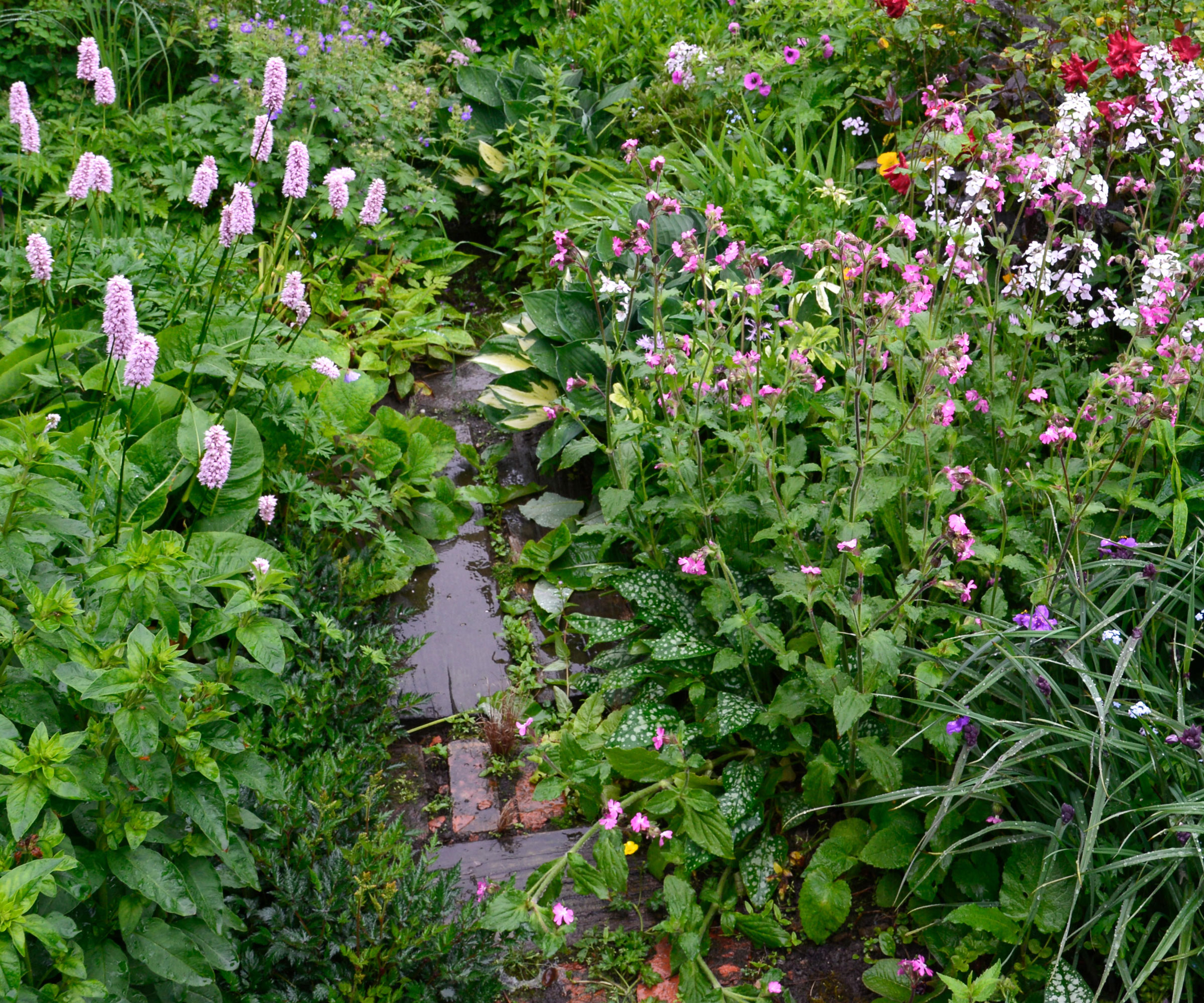
Water that hangs around too long becomes a problem even in a rain garden
There are a variety of things that can lead to drainage issues and ignoring the build-up of stagnant water will be detrimental to the efficiency of your rain garden.
It's important to regularly remove any build up of dead leaves and other plant material and debris in the rain garden and surrounding area including any swale. These can form blockages that stop water flowing into your rain garden and backing up. The problem of heavy leaf coverage is a particular issue if your rain garden is situated below trees.
'Not all soil drains well enough to support a rain garden,' says Adria. 'If the area holds water for more than 48 hours after rain it might turn into a swamp instead of a functional garden, killing plants and creating mosquito breeding grounds.'
One way to avoid this is to do a percolation test before planting. 'A percolation test, also known as a perc test, measures how well soil drains water,' explains Adria. 'It's used to determine if the soil can handle the amount of water that will drain into it. Dig a hole about 12 inches deep, fill with water, and check how quickly it drains. If it’s still holding water after 48 hours, you may need to amend the soil with sand, compost, or organic matter to improve infiltration.'
It's also a good idea to check the water inflow for any build up of soil sediment. Water inlets blocked with debris, leaves, or litter will also affect the efficiency of the rain garden.
FAQs
How do I stop a rain garden becoming overgrown?
The way to stop a rain garden becoming overgrown is by digging and dividing rampant plants. This is a key part of rain garden maintenance and if you ignore it your plants will suffer.
Once your rain garden plants are established they may take start to take over so it's important to key an eye on this. Let your plants have the space they need to thrive. Spring is the perfect time to divide plants, creating new plants for other areas of the garden or to share with friends, while retaining some in the existing space.
It's also a good time to cull any plants that aren't doing well and instead replace them with something more suited to the conditions.
It's also a good idea to avoid using pesticides or fertilizers that contain chemicals in or near your rain garden. Instead opt for eco-friendly approaches and natural pest control methods in your rain garden to stop chemicals potentially building up in the water and damaging the environment.
Sign up to the Homes & Gardens newsletter
Design expertise in your inbox – from inspiring decorating ideas and beautiful celebrity homes to practical gardening advice and shopping round-ups.
Lifestyle journalist Sarah Wilson writes about flowers, plants, garden design and gardening trends for Homes & Gardens. She has studied introductory garden and landscape design and floristry, and also has an RHS Level 2 qualification in the Principles of Plant Growth and Development. She is a regular contributor to Homes & Gardens and Livingetc. She has also written for Real Homes, Modern Gardens and Country Homes & Interiors magazines.
You must confirm your public display name before commenting
Please logout and then login again, you will then be prompted to enter your display name.
-
 Andrew Walker's wooden cabinets have made me rethink the concept of a classic neutral kitchen – they're simple without feeling overly minimal
Andrew Walker's wooden cabinets have made me rethink the concept of a classic neutral kitchen – they're simple without feeling overly minimalRaw, pared-back cabinetry has never felt so sophisticated – designers say they're a 'smart, long-term investment with lasting style'
By Megan Slack
-
 Blending two contrasting styles in a small city apartment was no easy task – but this home brings together California casual and classic Upper East Side charm with ease
Blending two contrasting styles in a small city apartment was no easy task – but this home brings together California casual and classic Upper East Side charm with ease'The finished interior blends quiet luxury with laid-back elegance to mix New York and California’s best qualities'
By Karen Darlow